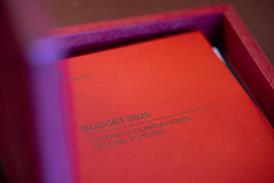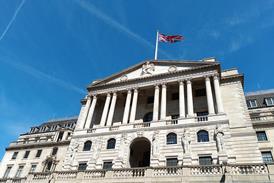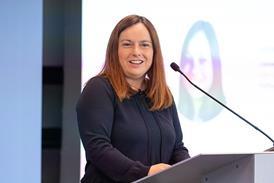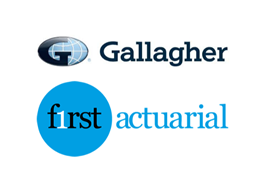A service from DG Publishing
How will LDI portfolios withstand current inflation falls and low yields?
Aviva Investors' Mark Versey, Legal & General Investment Management's Laura Brown, KPMG's Simeon Willis, AMNT committee member and Lend Lease Pension Scheme trustee, Alan Gander, Pan Trustees' Mike Roberts, Buck Consultants at Xerox's Celene Lee and State Street Global Advisors' Howard Kearns, debate whether now is a good time to embark on a liability-driven investment strategy, in the first of a four-part discussion.
Register now for FREE to read this article
If you are already a registered you can SIGN IN now
Register today for free!
It’s quick and easy, and as a registered user you’ll have full access to all Pension Expert articles. You will also be able to recieve editorial emails.
- Full access to all news, analysis and expert comment
- The latest industry insights delivered to your inbox on a Tuesday and Thursday morning
- The Friday Takeaway newsletter reviewing the major events of the week
- Bookmark your favourite articles for easy review
- Hear about and register to attend Pensions Expert and DG Publishing events






